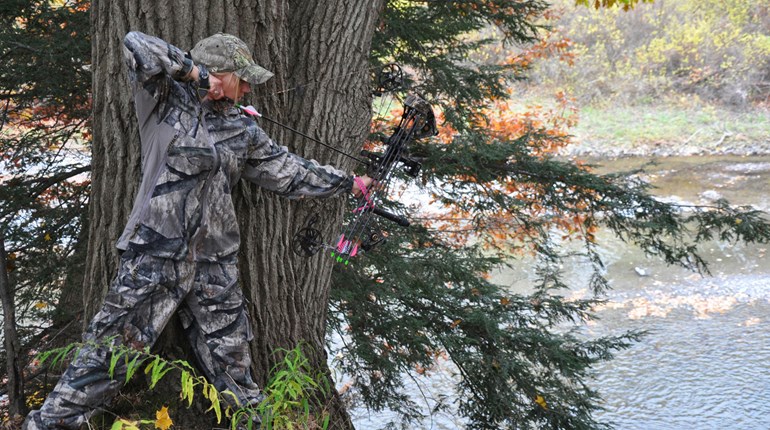
If you’ve been carrying concealed for a while, you know the struggle. Everything’s going great in the winter. You’re all snug in your wool sweaters and fleece vests and puffy jackets. Your carry gun is well hidden from sight under warm layers. You couldn’t print if you wanted to!
But then spring and summer hit, and you hang up your blazers and sweaters and swap to light, airy, breezy fabrics. All of a sudden, that gun on your hip is harder to hide. All that keeps it hidden is a thin layer of t-shirt, and you’re lucky if it doesn’t print through that.
Or how about this—you’re headed to an event where you have to dress up more than usual, and your dress pants just aren’t suited to a thick gun belt. You’re not sure how you’re going to keep that gun in place safely.
The first solution most of us jump to in situations like this (not including purse carry, which is a different animal) is to swap to a smaller gun. It makes sense—the smaller the gun, the easier it might be to conceal under light clothing or carry in an alternate location. But is swapping your carry gun back and forth a good idea?
The answer isn’t black and white. In a perfect world, you’d carry the same gun at all times. The benefits of this are obvious. You’ve trained with this gun; you know it like the back of your hand, and your muscle memory is adapted to functioning subconsciously with this particular gun in an emergency situation. The benefit of this cannot be overstated. You will defend yourself better with a gun you are intimately familiar with.
But certainly, there are times when your regular carry gun just isn’t going to work in a given situation—or maybe you have two carry guns you love, and you just really want to “take turns” with them. If you’re going to change up your carry gun, here are few pieces of advice.
Keep the guns similar. In function and operation, that is. Carrying a 1911 on Monday and a Glock 42 on Tuesday is a bad idea, because the guns are dramatically different in feel and function. A 1911 has a thumb safety and an external hammer; a Glock has neither. How you shoot the gun and clear a jam will be different in each case, and the last thing you want to do in a self-defense situation is waste time flicking at a safety that isn’t there or, worse, forgetting your gun has a manual safety and getting no bang when you pull the trigger. Having similar operation and similar trigger pulls will make swapping back and forth a much easier proposition.
Train with each gun. If you’re keeping to one style, as mentioned above, you’ll have an easier time operating different guns. But if they’re not the same size, they’ll shoot very differently. Trigger pull, grip size (width and length) and weight all have an effect on how you hold and fire a gun, and the trigger and barrel length will have an effect on your sight picture and your accuracy. You absolutely must be able to draw your carry gun, aim it and fire it quickly and accurately, and that only comes with practice. The more guns you put in your carry rotation, the more you’ll have to train with. Then again, more range time is always a good thing as long as your schedule and budget allows!
Changing calibers is less of a big deal. The good news is that if you carry a .45 one day and a .380 the next, aside from the size of the gun itself as previously discussed, you shouldn’t have too much trouble swapping back and forth among different calibers—other than buying multiple calibers of ammo and being careful about what goes with what.
Be mindful when changing carry positions. If you carry a mid-size gun at the 4 o’clock position but you like to carry your subcompact .380 in a bra holster, you’ve given yourself a lot more to practice and more to think about in the moment of truth. You need to practice drawing your gun from concealment, and having multiple carry positions requires even more practice.
You might think “I’d never forget where my gun is,” but after you’ve been carrying for a while, you’d be surprised at how the gun sort of becomes a part of you and you do almost forget that it’s there. If you carry in one position 90 percent of the time and swap it up once in a while, your brain has to take a couple milliseconds to remember where exactly that gun is when it comes time to draw it. It’s really nice to have versatility in where you can carry, so I’m not advising you not to change carry positions. I’m just advising you to practice all of them.
All in all, changing carry guns as the situation warrants is very doable. Consistency is key, and choosing the right guns and training with them will make all the difference in your safety and efficiency.















































